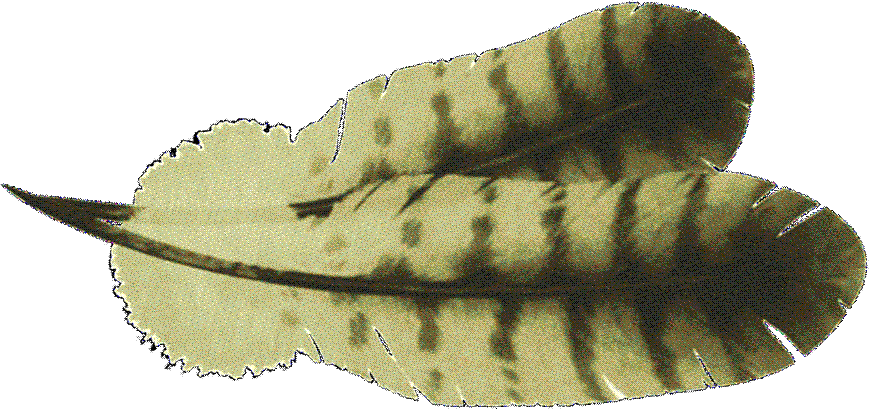

What is tarring & feathering?
Tarring and feathering was a form of public humiliation, public torture, and a method of administering informal justice. Though its origins are unknown, the first recorded appearance of tar and feathering was in Europe, during the early 12th century.
Tarring and feathering consists of using tar as a glue to attach feathers to an individual. The specific tar used was typically wood tar, which was created by distilling pine wood until it formed a liquid hydrocarbon, suitably usable as a solvent. It was, and still is today, used in a variety of industrial processes. In the past, wood tar was readily available in shipyards, as it was frequently applied to water-proof boats. Tar can also be found naturally in resin pitches, though this type was unlikely to have been used in punishment.
Wood tar begins to melt at around 140°F (60°C) and remains sticky even below those temperatures, so it doesn't need to be boiling hot to be useful. In some cases, however, it was applied at very hot temperatures to inflict more pain. Another tar-related method of public torture had the individual wear a dunce cap, and another person would pour boiling tar into the hat, which would allow it to dry on their scalp, eventually causing the skin to tear off and leave horrible scars.
In cases of tar and feathering, the individual would have the tar either poured or painted on them, before being covered in feathers. For a milder version, an individual might remain fully dressed and have the tar painted over their clothes, instead of directly on their skin. Once feathered, the individual would be made to hold up a sign in the town square, placed in a cart and paraded around the village, or publicly struck and whipped.
Often, tar and feathering was a mere threat to intimidate and deter criminal behavior, since its striking and ridiculous imagery, in addition to the painful experience of being tarred—compounded by the discomfort of using other chemicals to remove the tar—made the torture method infamous.
Tarring & feathering in modernity
Tarring and feathering was exceedingly popular in the Americas during colonization. There are numerous stories of tax collectors, disorderly citizens, and British colonists being tarred and feathered. In contempory times, there are sometimes rare tabloid stories where a person has been tarred and feathered for drug dealing, for example. Predominately, however, tarring and feathering is using simply to describe being "cancelled," or otherwise humiliated online.
Unsurprisingly, tarring and feathering has been used in certain types of fetish pornography, and while I like the aesthetics of such visuals, I, personally, do not find it particularly sexually arousing.
Spiritual significance of tarring & feathering
Tar, as a hydrocarbon, represents a sealant, an insulation, which in the human psyche, creates a boundary, or sort of energetic jail around the wrong-doer, thus containing and sealing off their criminality from the rest of the population.
As an attention grabber, the feathers double as a way to single out the wrong-doer, while giving them the sharp, disorderly shape of the negativity which exists within them. On another subtle level, the feathers symbolize the purification of the wrong doer, and the dispersion of their criminality into the air, thus diluting their immorality, and freeing it to the wind.
The imagery of a bird is, on the one hand, ridiculous and humiliating, as birds are associated with stupidity and fools. They also represent travel, so in the case of punishment, symbolize the criminal drifting away from accepted norms and social behavior, outcasting and exiling themselves.
The entire process contains the negativity in the tar, while freeing it to the ether, rendering the offender liberated and cleansed of their crime, and allowing the population to re-assimilate the offender afterwards. There is a sacrificial aspect to tar and feathering, allowing the wrong-doer to take on the role of a sacrifice, and surrendering their criminality, in order to be re-born again as a redeemed citizen in their population.
Tarring & feather may have also been an omen or harbinger of oil spills and mass extinction due to burning hydrocarbons. The imagery of a person covered in tar and feathers in the 18th century is strangely similar to the images of oil covered birds in the 21st century. It may be that a frequency from the future wove through the past, normalizing the apperance of being doused in crude oil. Perhaps it was a remnant in the human consciousness from a future memory... There is a vulnerability to the feathers, and a sinister cruelty apparent in the tar, which also highlights and mirrors human's capacity for prey-like weakness, with its demonic evilness for indifferent cruelty and mass death.
In a past life, I was tarred & feathered
I believe that in a past life, I was tarred and feathered for a wrong-doing, very likely for prostitution at sea. My fixation on hydrocarbons is partially related to this experience, as I believe that the public humiliation of being tarred and feathered was intrinsincally linked with sexuality and erotiscism, and the residue of this remains with me to this day. My fascination with oil in particular, is related to having once been tarred and feathered and enjoying the experience.
While I do not find tar and feathering sexually appealing, I do find crude oil to be so, and, among other past life and astral realm experiences, I am strongly connected to the use of liquid hydrocarbons as sheathes, insulators, and various types of lubricants that either contain bodies, or render them as mere vectors for the spread of oil.
